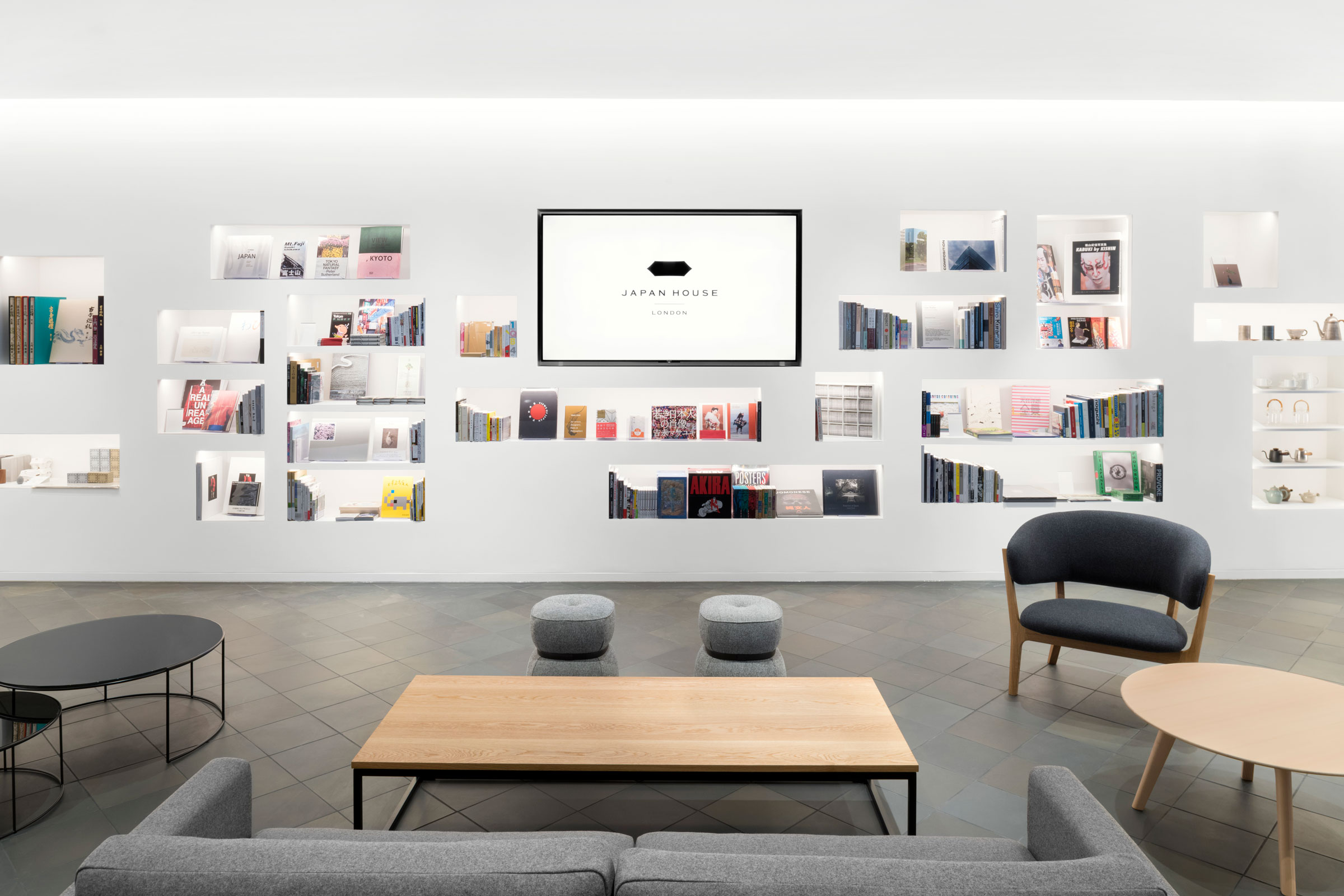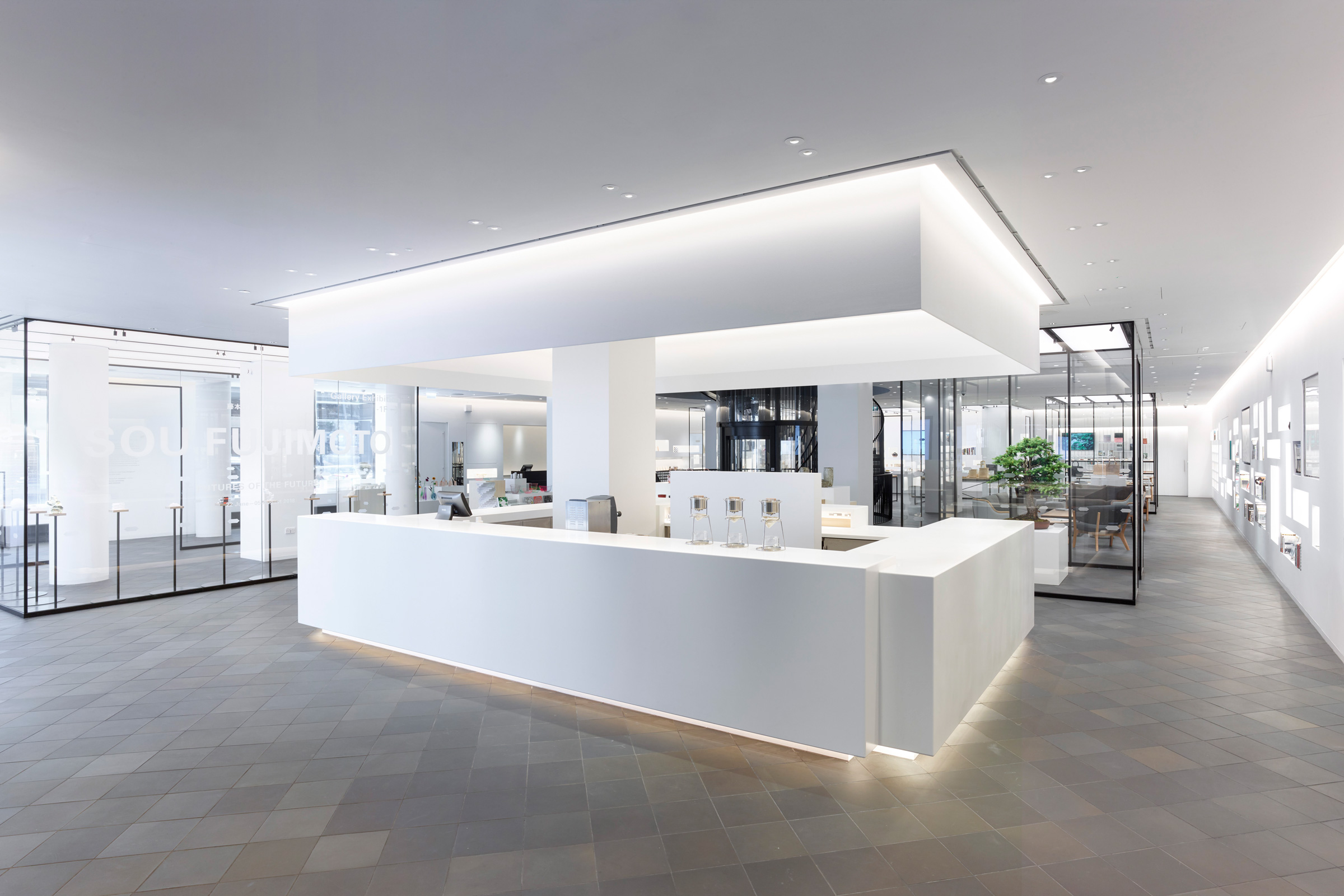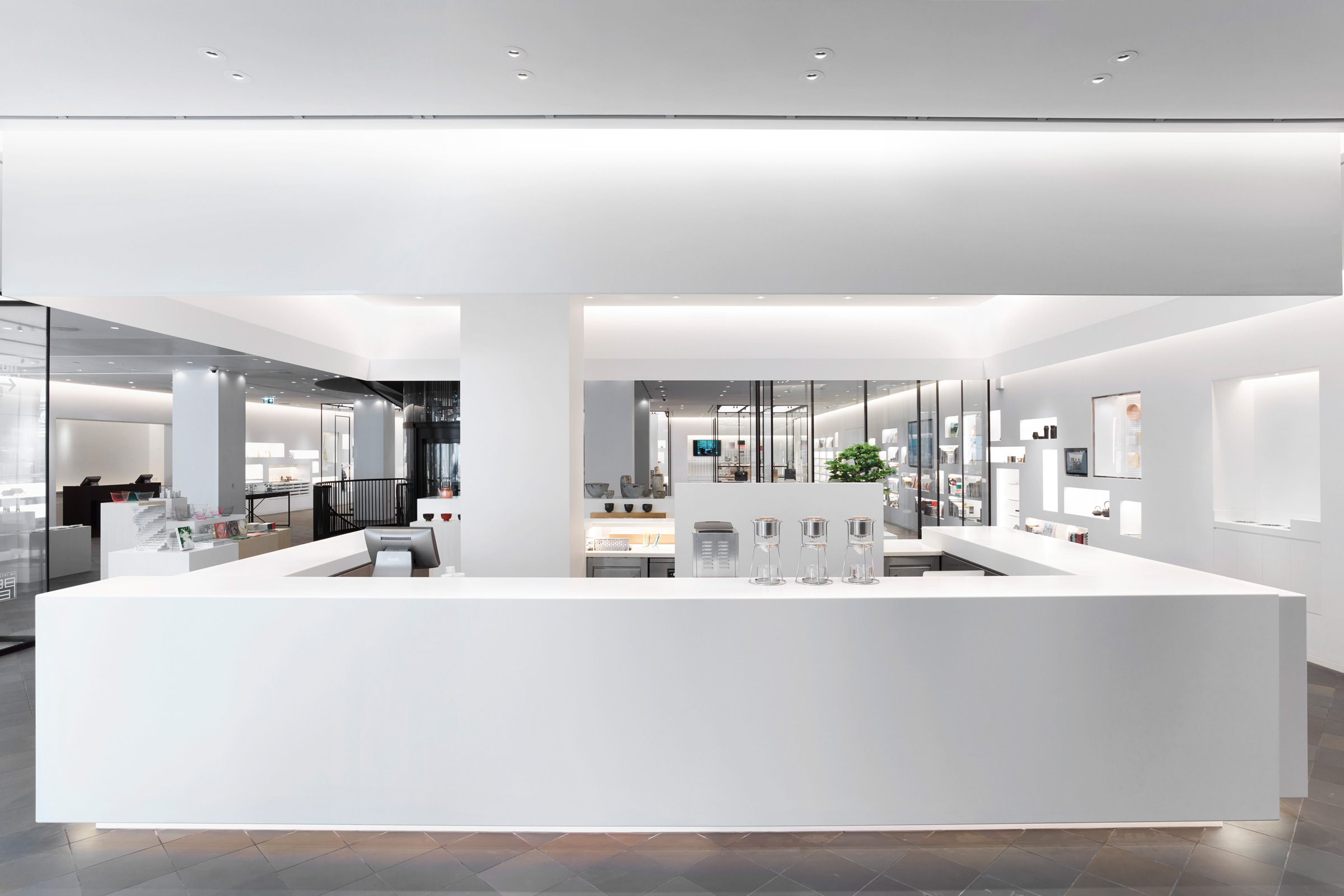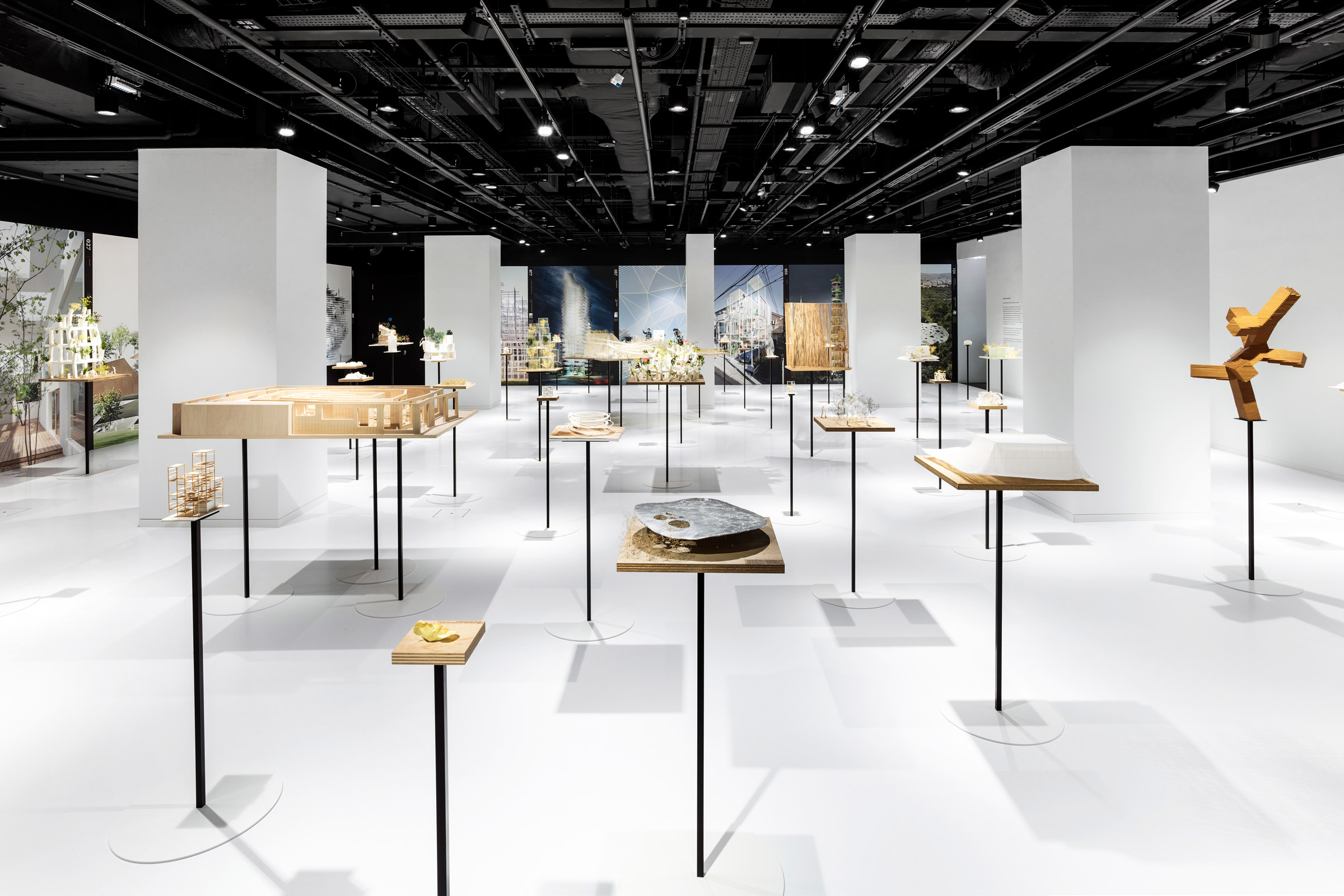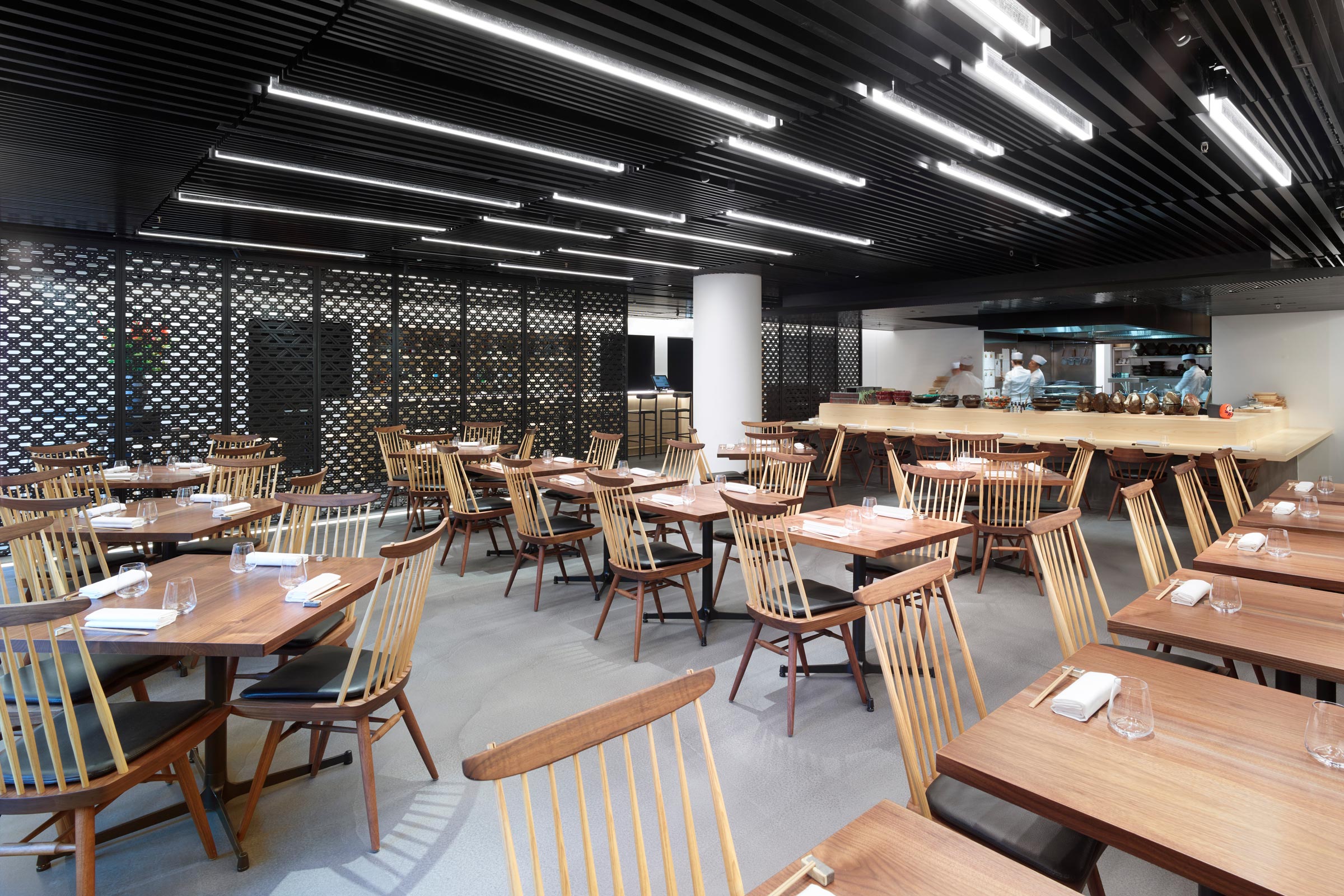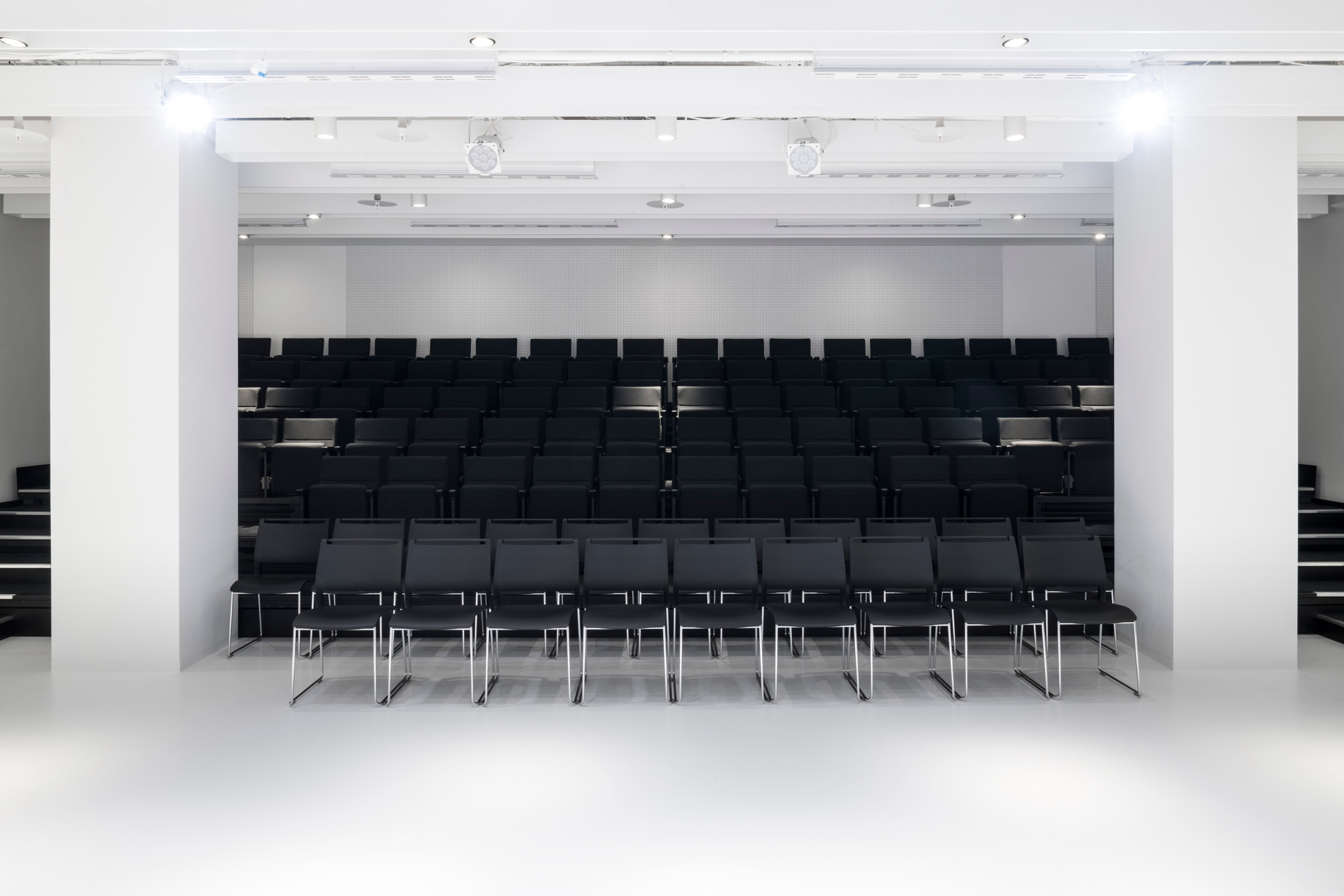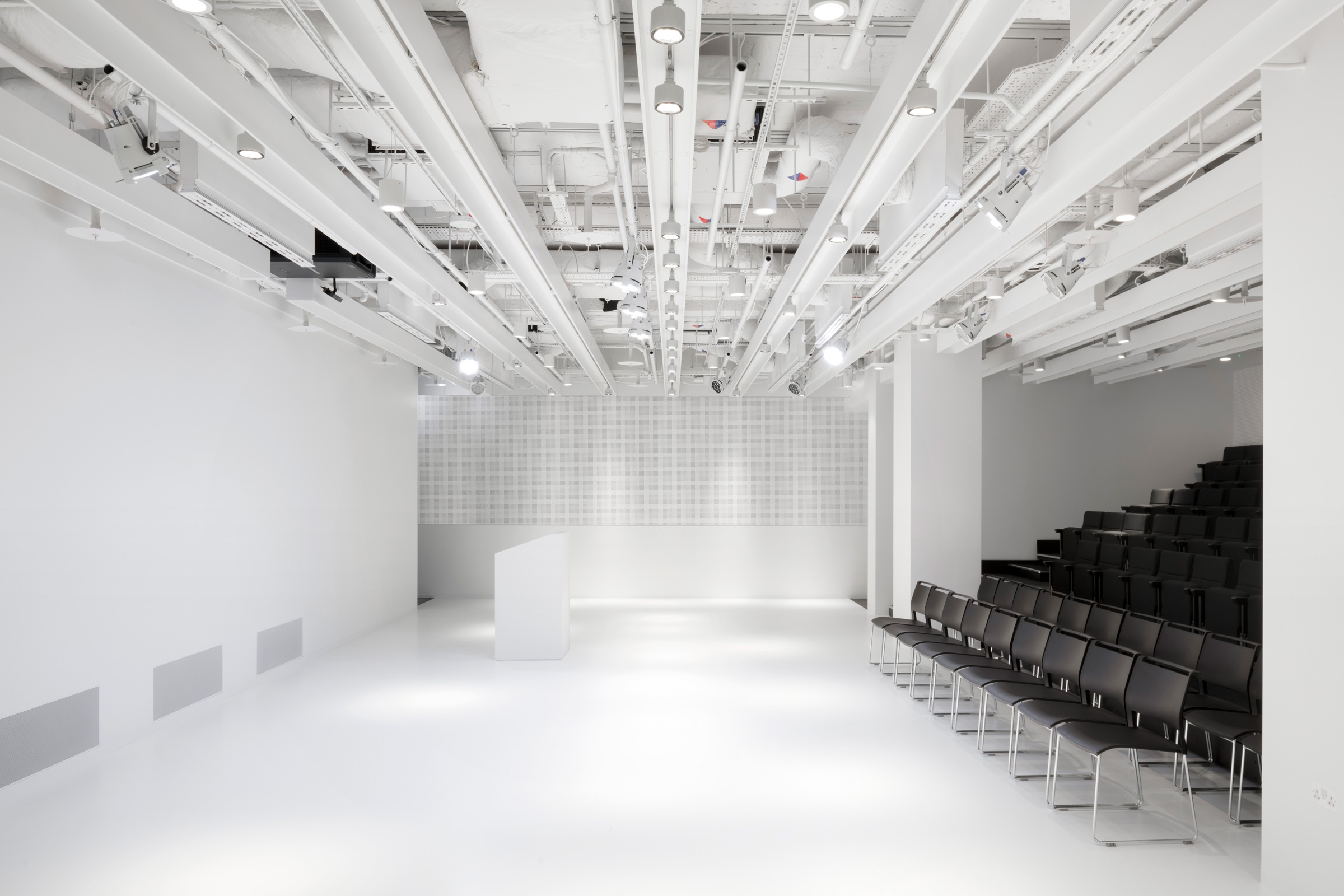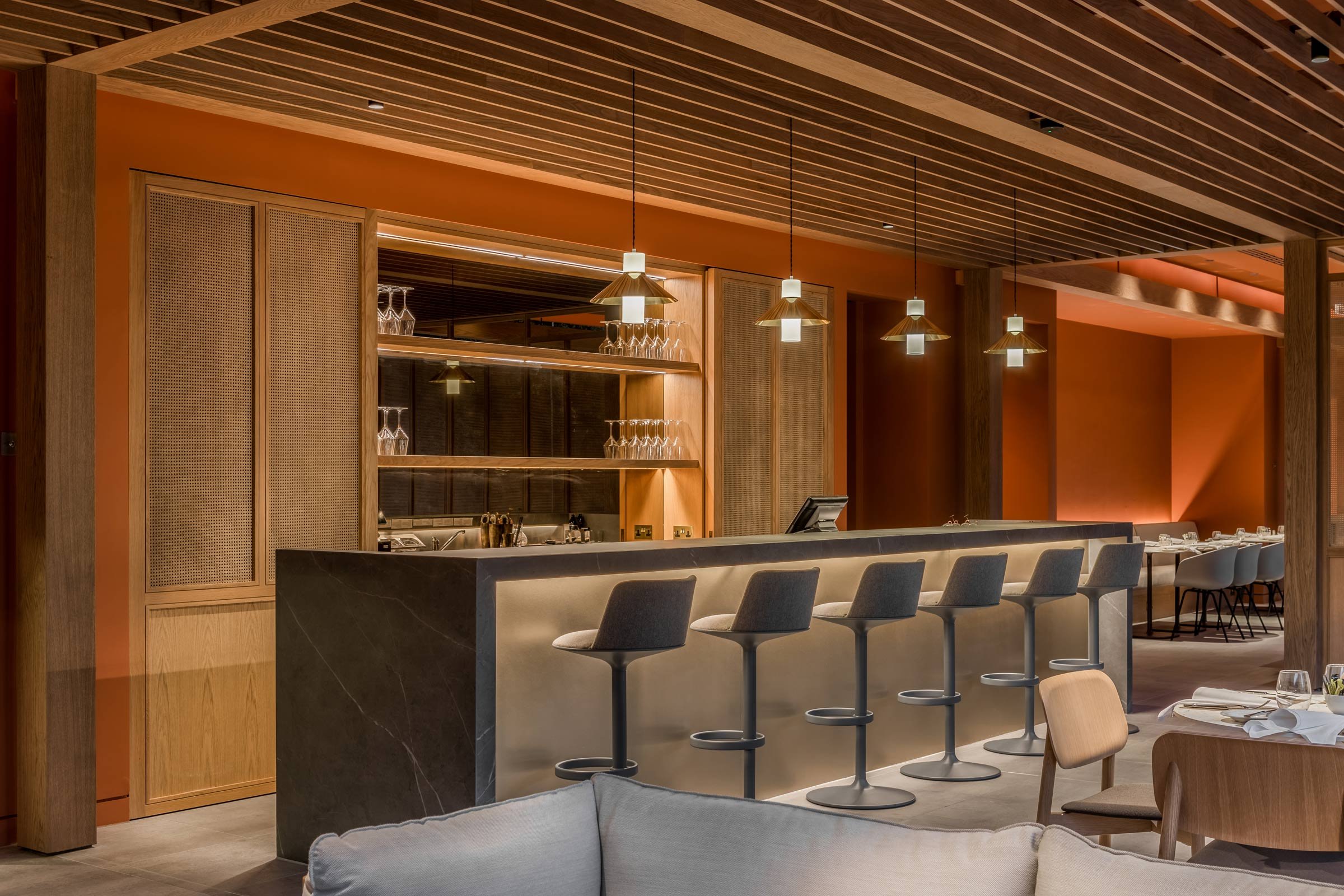Japan House London

Japan House London opens in the heart of the British Capital, a mecca of Japanese culture, design and aesthetic refinement
It’s nirvana for Japanese design lovers: the minimal interiors inspired by a Japanese house; the restaurant serving seasonal sushi and wagyu beef; a contemporary gallery showcasing futuristic architecture; and a design shop selling crafts ranging from handmade paper to kitchen tools.
This may sound like the kind of impeccably presented creative venture found only in design-conscious Japan, so its location — more than 5,000 miles away from Tokyo — may come as some surprise: London.
Welcome to Japan House London. Perhaps the Japanese government’s most ambitious cultural project in recent years, Japan House consists of a series of permanent architect-designed spaces in cities across the globe.
Its goal is as simple as its spaces are invariably stylish: to create international platforms showcasing the very best of Japanese culture, from design, art and architecture to food and technology.
Japan House London opened its doors Friday, June 22nd in a historic art deco building on Kensington High Street in the heart of the British capital. It is the third outpost following openings in Sao Paulo and Los Angeles last year, and is likely to become a bold new Japanese fixture on London’s cultural landscape.
An impressive roll call of Japan’s most high-profile talent is involved in the project, among whom rank Kenya Hara — the iconic designer, art director of Muji and Japan House’s chief creative director — and Masamichi Katayama, the interior designer from Wonderwall, who designed the London space defined by its minimal, contemporary aesthetic deeply rooted in Japanese concepts such as tokonoma — the raised, empty alcove traditionally used in homes to display seasonal flowers or scrolls.
‘The objective here was not to create a bridge between Japan and Britain but to present a genuine Japan, for today and the future,’ explained Katayama. ‘Key words are kyo (虚) which means a vacuum and kuu (空) which is emptiness. This is a uniquely Japanese notion that the imagination is enriched by blank, empty spaces. It’s also about how humans, spaces and objects interact with each other to maintain delicate balance and harmony. Our goal was to create this beautiful harmony.’
The building spans three levels and attention to detail is apparent throughout, from the hand-made kawara clay floor tiles from Awaji Island to the scene-stealing central spiral staircase, which was built in Japan before it was shipped to London and re-assembled, piece by piece.
The lower ground floor is home to The Gallery, where an inaugural exhibition casts a spotlight on one of Japan’s most cutting-edge contemporary architects with the show ‘Sou Fujimoto: Futures of the Future’.
Meanwhile, an authentic taste of modern Japanese gastronomy is served up in the restaurant Akira — named for its chef Akira Shimizu — with a menu including charcoal-grilled kushiyaki skewers, seasonal vegetables and sushi.
The Shop at Japan House also showcases contemporary design products and artisan-made crafts from across the country. Japanese teas and cloth-filtered coffees are sold at The Stand, while nearby, The Library is packed with books curated by cult bookstore creator Yoshitaka Haba of Bach alongside a nature-themed exhibition by photographer Risaku Suzuki.
Workshops, seminars, talks and performances feature heavily on the packed schedule at Japan House London. And for the opening weekend? Avant-garde, Tokyo-based floral artist Makoto Azuma has created an abstract installation complemented by 30 so-called ‘Flower Messengers’ who visited Kensington’s cultural institutions on foot, handing out blooms to passers-by along the way — the first of many innovative events likely to forge a deep-rooted cultural connection between London and Japan.
Reflecting on the final production, Katayama said: ‘This project gave me great pleasure and an opportunity to relearn, revisit and reevaluate Japan's aesthetics and the mindset of our people.'
Text / Danielle Demetriou

